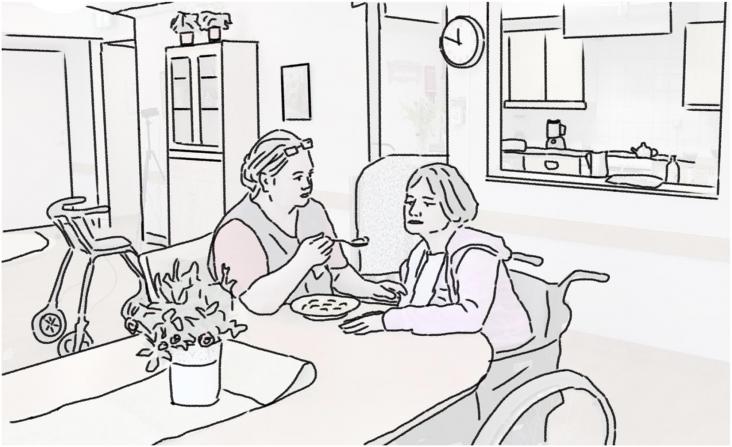This Series paper supports SDG 3 and 11 by identifying the minimum thresholds for urban design and transport features associated with two physical activity criteria: at least 80% probability of engaging in any walking for transport and WHO's target of at least 15% relative reduction in insufficient physical activity through walking.
This Series paper supports SDG 3 and 11 by presenting an expanded framework of pathways through which city planning affects health, incorporating 11 integrated urban system policies and 11 integrated urban and transport interventions addressing current and emerging issues.

Chronic spontaneous urticaria (CSU) is a debilitating mast cell-driven disease characterized by recurrent wheals and/or angioedema. Type IIb autoimmune CSU is mediated by autoantibodies that activate mast cells and is present in less than 10% of patients with CSU
The paper supports SDG3, 11 and 15 by discussing the air pollution and the study will assist urban planners, policymakers, and health sectors.
The authors of this paper found limited impacts of a 3 year nutrition BCC (Behavior Change Communication) intervention through agriculture-focused SHGs (Self-Help Groups) on nutrition outcomes and on intermediate pathway indicators expected to lead to those outcomes. Despite these limited impacts, much can be learned from the studied effort to improve women’s nutrition through SHGs.
This paper examines the relationship between farmers’ nutritional intake, production structure and regional market conditions.
An Article on dementia risk factors, in the context of SDG 3, focusing specifically on whether cardiac multimorbidity increases dementia risk.

People living with dementia are capable of managing novel activities in collaboration with other people living with dementia.

This article addresses supporting those with late-stage dementia to maintain quality of life.
The immune disorders triggering the etiological mechanisms of depression are complex, and their biological effects involve multiple systems. Advances in clinical research provided new clues to the immunological mechanisms underlying the onset of depression, and continuous basic research provided a theoretical basis.
